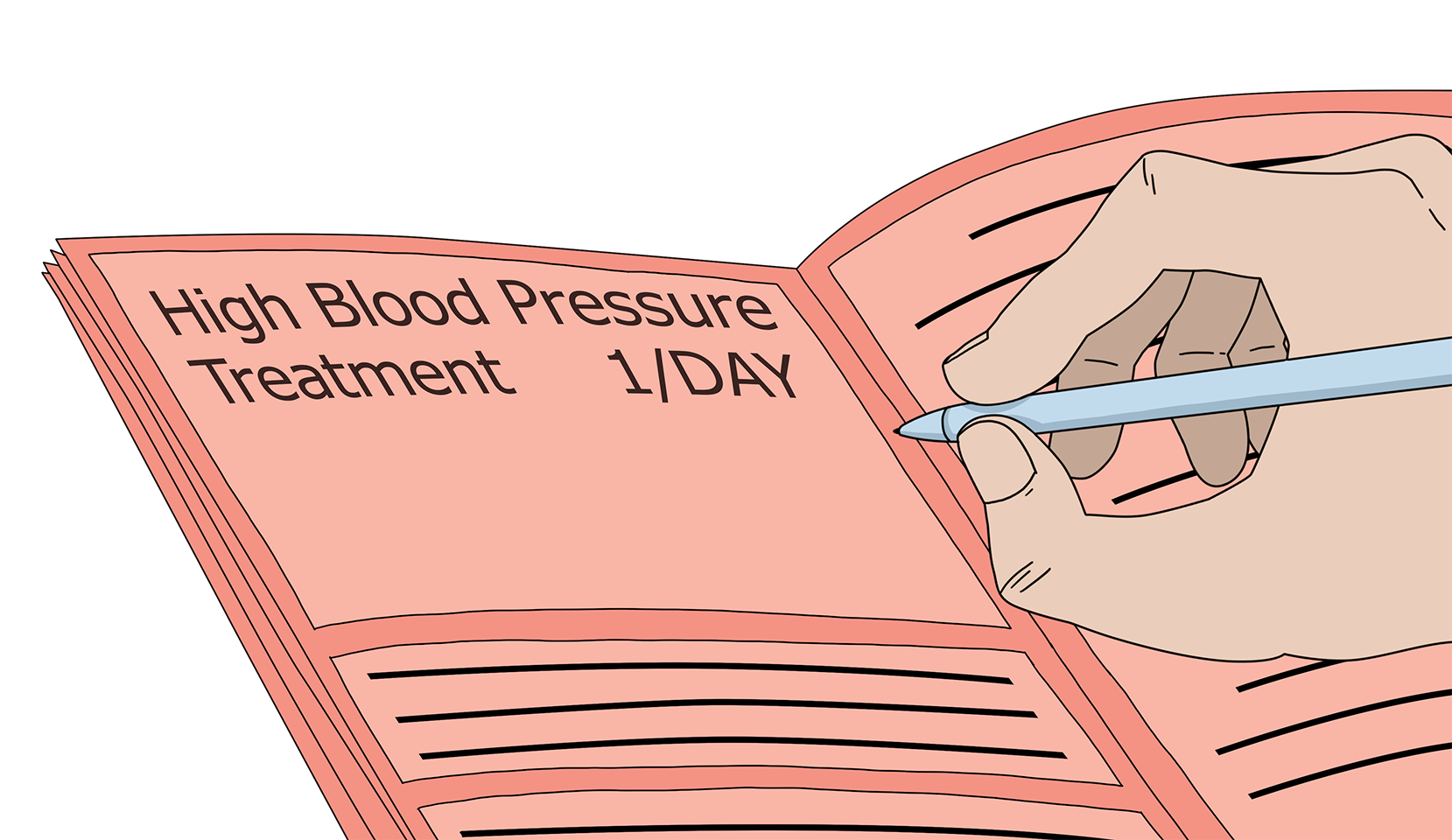
How to treat hypertension in cats?
Hypertension in cats is known as ‘the silent killer’ and can have catastrophic effects. Once diagnosed, it is vitally important that treatment is initiated as soon as possible.
What are the aims of treatment?
If your cat is diagnosed with hypertension (high blood pressure), there are two important initial aims.
Firstly, to reduce the blood pressure back to normal levels, using medication. This is important to reduce the risk of damage to different organs and in particular to protect the brain, eyes, heart and kidneys.
The second aim is to search for, and treat, any underlying disease, such as kidney disease or hyperthyroidism. In some (but not all) cases, successfully treating the underlying disease may also help to reduce the blood pressure.
When do we treat high blood pressure in cats?
The current recommendation is to treat any cat with a blood pressure that is consistently above 160 mmHg where the increase in pressure is not thought to be due to stress. In cats that have signs suggesting high blood pressure has already caused damage to organs (e.g. damage to the eye such as bleeding or blindness) or neurological signs (e.g. disorientation), treatment is usually started if the blood pressure is consistently above 150 mmHg.
Types of feline hypertension treatment
Treating high blood pressure in cats usually requires pharmacological intervention, even if underlying disease is found and treated. There are two main medications used to treat high blood pressure in cats.

1. Amlodipine
This is first choice for antihypertensive treatment and the most widely used drug to treat feline hypertension recommended by the international guidelines dealing with the management of hypertension in cats. It works by dilating the blood vessels. As the diameter of the vessel gets bigger, this means the pressure within is lower. It is available in flavoured tablet form, given once daily orally. There are licensed products, specifically for treating hypertension in cats.
2. Telmisartan
This is a medication designed and licensed to reduce leakage of protein into the urine in cats with chronic kidney disease, but it can also reduce blood pressure. It is available as an oral liquid.
With both medications, the blood pressure should be re-checked after two weeks, at which point the dose may need to be adjusted. Once stable, it is likely the cat will remain on treatment for life, as hypertension is usually a persistent problem.
